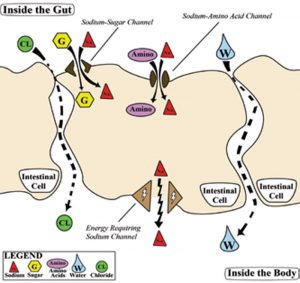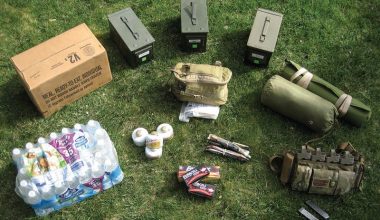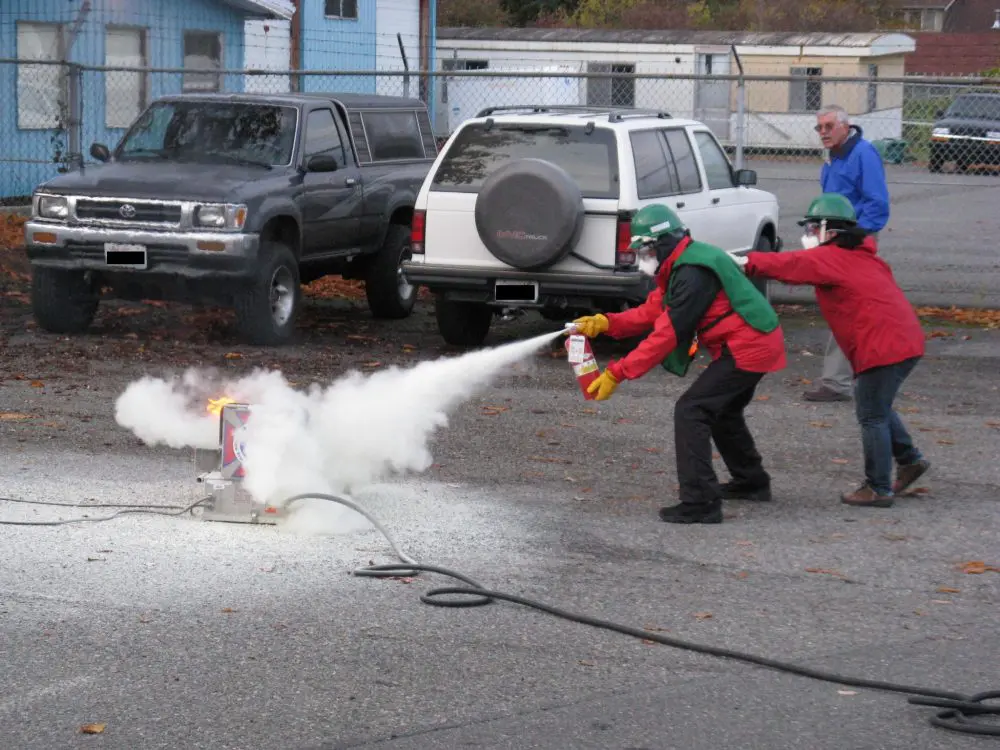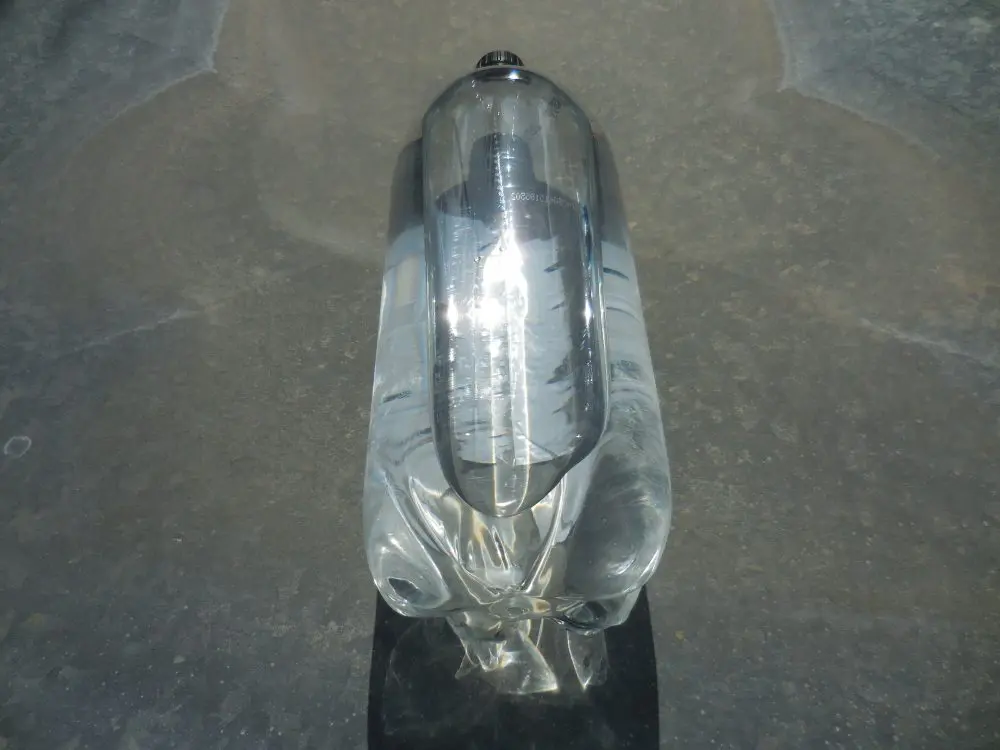
Unfortunately, the science behind hydration is complicated and difficult to explain in a short article. Here is my attempt.
Under most circumstances, humans absorb almost 99% of the water and salts taken in. The small intestine is where most of the water is absorbed. When you think of absorbing water, what you really need to think about is how salt is absorbed. Water flows from the intestine into the body by following an osmotic gradient. (See diagram, page 24.) To set up the gradient, the body must absorb salt.
The body absorbs sodium by numerous complicated mechanisms. (See diagram, page 22.) The following is a very simplified explanation.
On the intestinal cells, there are little channels that absorb sodium. One such channel does so by pairing sodium with glucose so that it can pass into the cells. Another channel pumps sodium into the cells by pairing it with amino acids. Once inside the cells, sodium is pumped into the spaces between the cells by a special pump that requires energy to run. By

pumping sodium into the spaces between the cells, an osmotic gradient is created. There is relatively more salt in the spaces between the cells than there is inside the intestine. That difference is what pulls water from the intestines into the body, like being soaked up by a paper towel.
Chloride is pulled into the body by following the same gradient.
Much of the science behind hydration was discovered while researching diarrheal illnesses.
The second most common cause of childhood death worldwide (behind pneumonia) is dehydration due to diarrhea. The World Health Organization (WHO) has made available a recipe for Oral Rehydration Salts (ORS) based on the science of hydration. The recipe given to manufacturers has 2.6 grams sodium chloride, 13.5 grams glucose, 1.5 grams potassium chloride, and 2.9 grams trisodium citrate per liter of water.

The WHO also offers a simplified recipe for home use: “In case ORS packets are not available, caregivers at home may use homemade solutions consisting of half a teaspoon of salt and six level teaspoons of sugar dissolved in one litre of safe water.”
Now that you know about the sodiumglucose channel, the addition of sugar to the solution probably makes more sense. Many popular sports drinks are effective and work on the same principle. Rather than carrying sports drinks with me, I prefer to carry premade packets of ORS and water purification tablets. Under most circumstances that I face, I do not need to use ORS. Drinking plain water is just fine. The ORS are used to make the absorption of water more efficient under extreme circumstances.
It’s always possible to be dehydrated and unaware of the problem. The most obvious sign that you are dehydrated is if you are thirsty. I tell people to drink before they get thirsty, because thirst is triggered only after a 2% loss of body fluid. You are already behind if you are thirsty.

Other signs of dehydration include increased heart rate and rate of breathing. These increase to keep blood and oxygen flowing to vital areas. Think about it. One way to keep the same amount of water coming out of a hose, even though less water is available, is to turn the pump up. That strategy only works to a point. Eventually the body has to shut down blood flow to organs that are not essential to the task at hand.
A sign of more severe dehydration is when your urine output drops. In fact, the best way to monitor hydration is to monitor urine output. As a rule of thumb, a 150-pound man should make at least one ounce of urine an hour. If you are not urinating at least half a can of Coke every six hours, you are dehydrated and the situation could be serious.
If you stop sweating, you are severely dehydrated. Sweating is not as reliable a sign as urine output, because your perception of how much you sweat varies with climate. It feels like you sweat a lot more in a humid jungle than in a dry desert, even though you sweat the same amount.

Your body is a highly tuned machine designed to handle prolonged exertion. You have multiple systems working to keep you cool and keep blood flowing to vital organs even if you are running a little low on water. You can tolerate some dehydration, but as you fall farther behind, your performance will drop.
To stay at your maximum performance level during exertion, you should hydrate before you exercise. Drink two to three cups of water within two hours of exercise. You should be making plenty of urine. Clear is better, but the color of your urine can be changed by many different factors and is unreliable as a predictor of hydration.
During exercise or other strenuous activity, drink one cup of water every 15 minutes. If you’re going to be exercising for longer than 60 minutes, add salt and sugar to the water. This can be accomplished with either a sports drink or ORS. Most people know the history of Gatorade and the University of Florida football team. Adding sugar and salt to their water helped improve the performance of those athletes during prolonged strenuous exercise.
Consider these guidelines, as unfortunately there is no single rule for every person and situation. You now understand enough of the science to make better decisions about your hydration.
If you want to check how well you are hydrating during activity, simply weigh yourself before and after exercise. If you’re fully hydrated, the weights should be the same. You might be surprised just how much your performance improves if you are properly hydrated.






